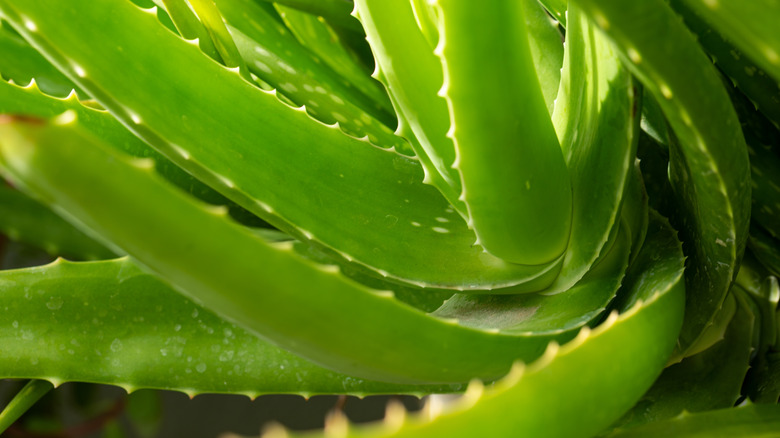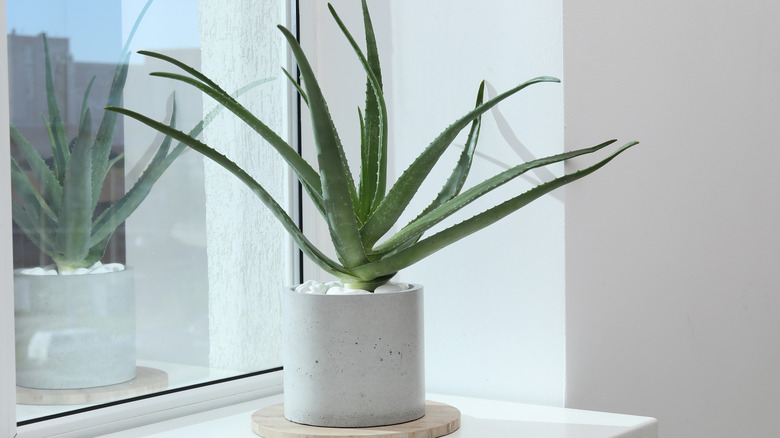Is Growing Aloe Vera Dangerous? What You Should Know Before Planting
If you've ever forgotten to water a plant for weeks and it still greeted you with fresh green leaves, chances are you're dealing with an aloe vera. Native to regions of Africa and the Arabian Peninsula, it has found its way into kitchen windowsills and garden corners around the world today. This hardy succulent adapts easily to warm climates and can survive in USDA hardiness zones 9 to 11. With its gorgeous sword-like leaves, it's as much a statement piece as it is a plant. But does its beauty come with a sting? Well, it depends on how you handle it. Planting aloe vera in your garden is typically safe. However, the sap of the plant isn't entirely safe to touch and is toxic to pets, too.
Still, it's easy to see why people want this plant nearby. It has a knack for storing water, so you could say it's practically built for neglect (finally, a plant that gets us). It can go months without watering. Besides, it also ranks among the plants NASA approves for improving indoor air quality. It is known to eliminate benzene and formaldehyde, two indoor air pollutants that can trigger allergies and increase the risk of certain types of cancers. Yet, with all its goodness, it comes with its boundaries.
Aloe vera is toxic to pets (here's how to plant it safely)
The sap (the yellow latex beneath the surface) of aloe vera has been associated with electrolyte imbalance, kidney issues, and even potential cancer risk in animal studies. So, if you're growing an aloe vera plant at home, we're not against it. But a few precautions can go a long way.
First, make sure you wash your hands properly whenever you cut, repot, or propagate your aloe. This simple habit keeps you from accidentally coming into contact with the plant's irritating compounds. And if you share your home with furry friends, know that the sap can cause diarrhea, vomiting, and, in some cases, irritate their uterine lining upon ingestion. Maybe your curious cat loves nibbling on leaves, or your dog thinks everything green is a snack. So, it's best to keep the plant out of their reach by placing it on high shelves. Hanging it in a sunny window basket is another option. Further, if you're ready to take the plant outdoors, you can grow it in a fenced-off area where they can't easily get to it.
And if you're thinking of using aloe gel, make sure you know how to safely harvest the gel from your indoor aloe vera. Generally, you'd need to trim off the sharp edges along the sides of the leaf, followed by cutting the leaf into smaller chunks. Then, place those pieces in water for a day to let the water draw out the bitter latex seeping from every cut edge.

